Once a seed is planted in the soil, it will absorb water and necessary nutrients until it grows its first roots. And, once these roots take hold, a little plant will emerge. However, there are cases when the baby seedlings seem to have stopped growing. Why?
What Does “Seed Stall” Look Like?
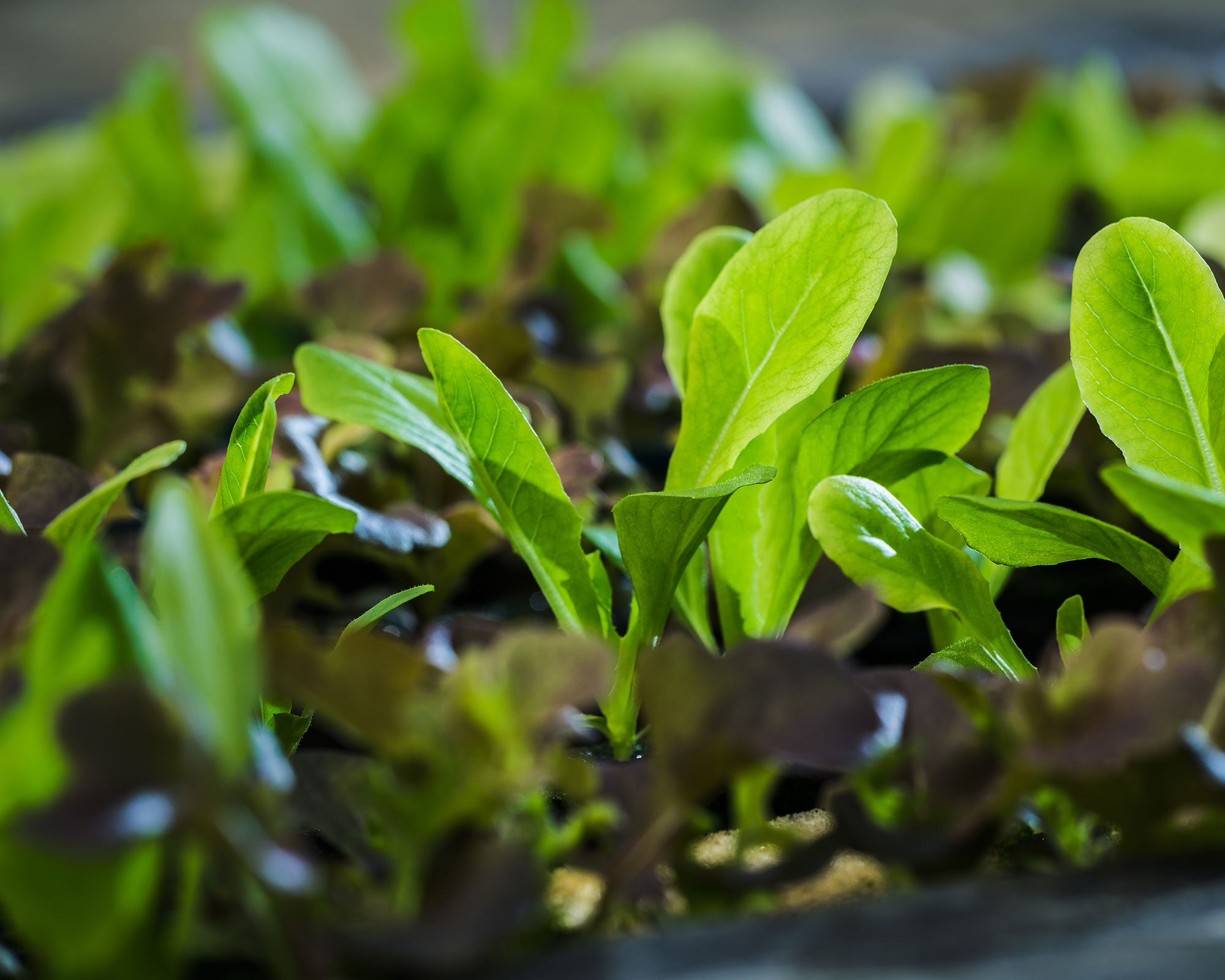 Germination is the process when a seed absorbs water and starts to grow. At one particular point, a seed will produce a small root and then a stem with two tiny leaves – this is called a sprout. As soon as you see the sprout, you know the seed has germinated –it’s that simple. It can take a while for the sprout to get above the ground when it is sown outdoors, but this delay is sometimes very common. However, a seed stall is when a seedling that has sprouted is not producing any new growth at all.
Germination is the process when a seed absorbs water and starts to grow. At one particular point, a seed will produce a small root and then a stem with two tiny leaves – this is called a sprout. As soon as you see the sprout, you know the seed has germinated –it’s that simple. It can take a while for the sprout to get above the ground when it is sown outdoors, but this delay is sometimes very common. However, a seed stall is when a seedling that has sprouted is not producing any new growth at all.
Tomatoes, for example, can initially produce their first two leaves, but after one or two weeks, nothing else happens. Seed stalling is when the plant is alive but seems to have been frozen in time. With some plants, there can even be “symptoms” of nutritional deficiency such as yellow or purple discoloration of the leaves.
Why Did They Stop Growing?
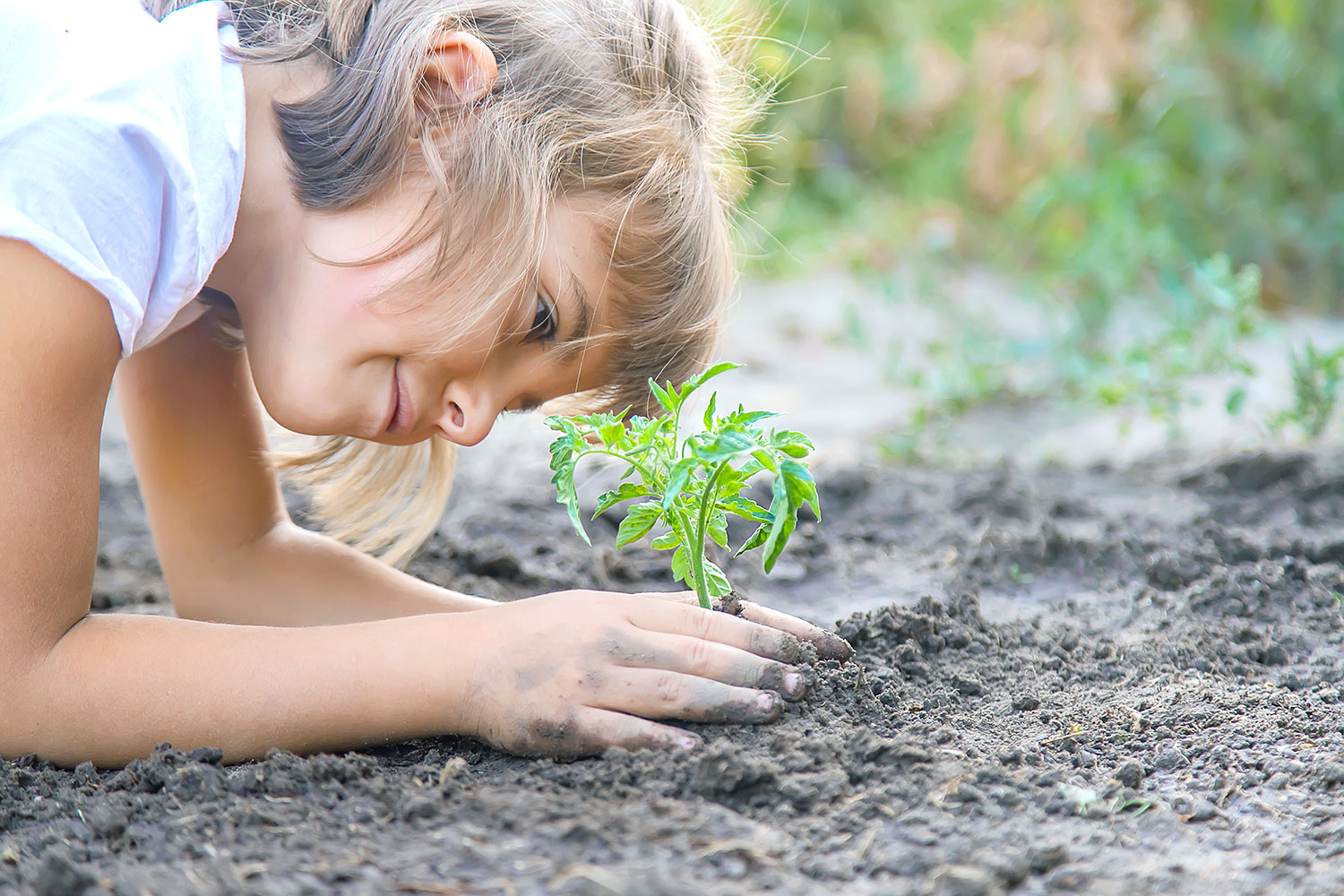
They Lack Nutrients
Over the past few years, professional growers have favored the use of soilless mixes for their plants. The “soilless” medium refers to the science of growing plants without soil. On a fundamental level, the soilless medium refers to an artificial scenario when plants are grown in water instead of soil (refer to the term “hydroponics). This technique of growing plants sounds unusual but the results of this medium are quite impressive. In soilless agriculture, the water stream is regulated and the plants receive nutrients that have been pre-mixed into a water reservoir.
While soilless mixes are often favored because they are sterile and less compacted, they cannot support continued seedling growth because they lack nutritional components.
Just like how you need building materials to construct a house, similarly, a plant needs nutrients to raise its structure (roof, stem and leaves). And, if you are growing your plant in a soilless medium, chances are it will prevent its growth and development.
There’s Too Much Competition
The existence of life and evolution is about survival, an individual’s own survival and that of his offspring. And, survival is undoubtedly the greatest compulsion for competition.
Broadly speaking, all living things compete because it is natural. Two human beings can compete for the same job and two animals can compete for the same prey. This applies to plants as well, giving advantages to some and disadvantages to others. Some plants, for example, can gain better access to sunlight and thus can develop faster and stronger than others.
Competition is most likely to increase to a nearly-infinite level when you grow several seedlings in the same pot or container; there are not enough resources for all seedlings to grow and thus they are all “stuck” at the same phase.
It’s Too Cold
Some experts have defined a plant’s growth using terms like “maturity” and “fertility.” Maturity is said to be the presence of a fully-developed embryo inside a seed while fertility refers to the phase when the seeds grow into a plant. Once the embryo inside the seed acquires the necessary nutrients and a favorable environment, it is “mature” and ready to develop into a new plant. However, if the temperature is not warm enough, the growth of the seedling may stall. This is a major problem for heat-loving plants like peppers, basil, tomatoes, coleus and zinnias.
Not Enough Light
There are several factors that contribute to a plant’s growth and development. Plants need nutrients, for example, because they are the building blocks of a plant’s life. Water helps in transporting minerals and nutrients from the soil and into the plant. And, sunlight provides plants with what they need to carry out the process of photosynthesis and produce their food.
If your seedlings are not receiving enough sunlight, chances are they will stop growing.
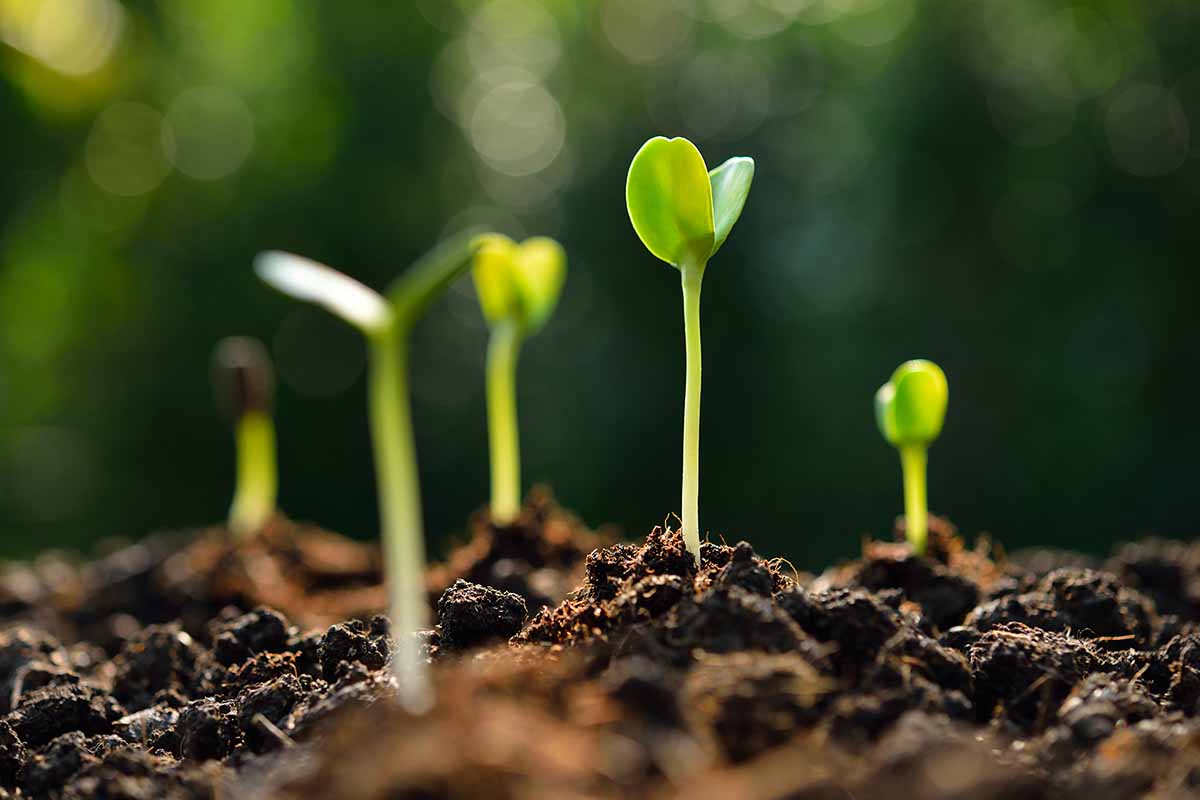

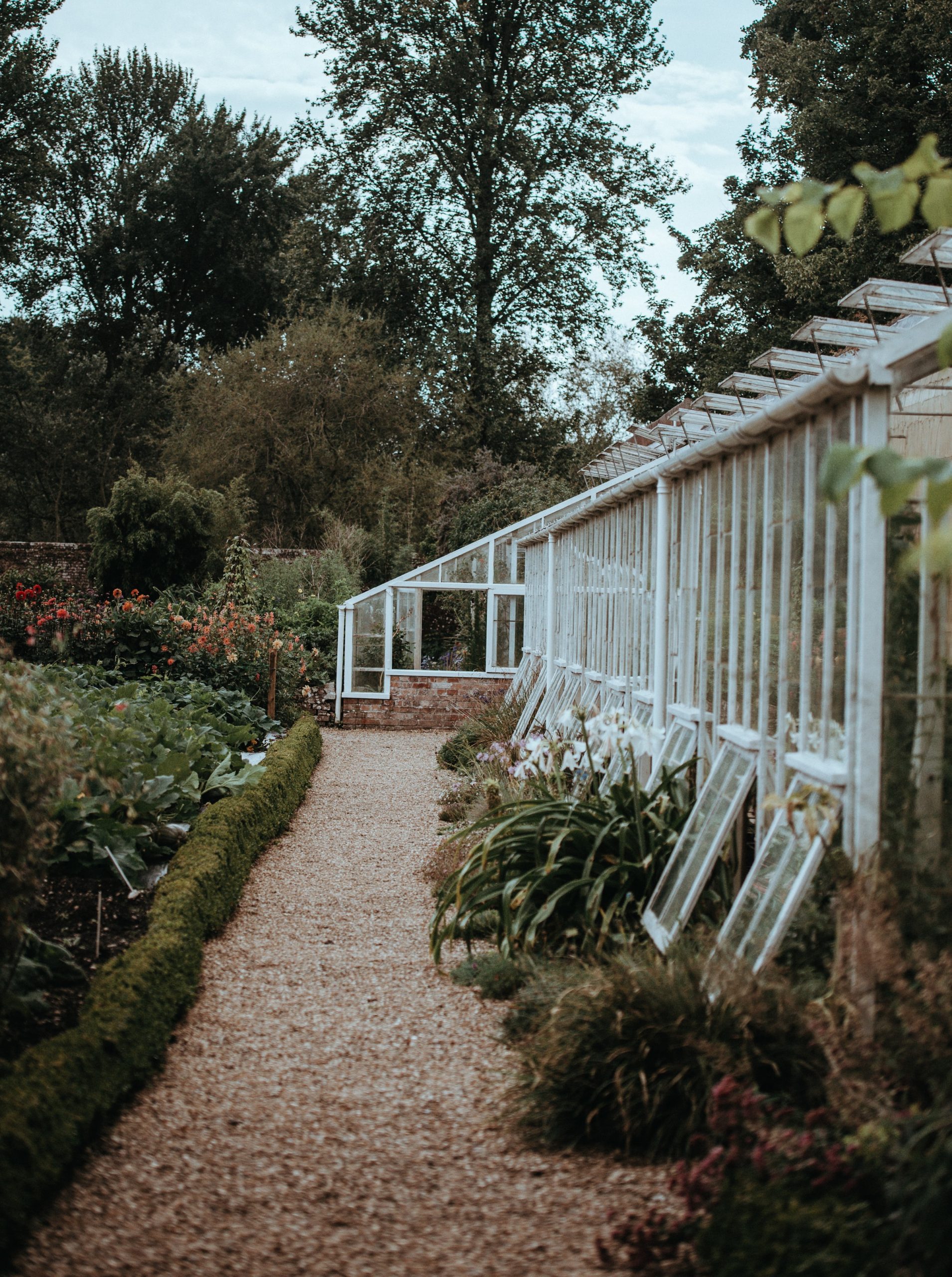
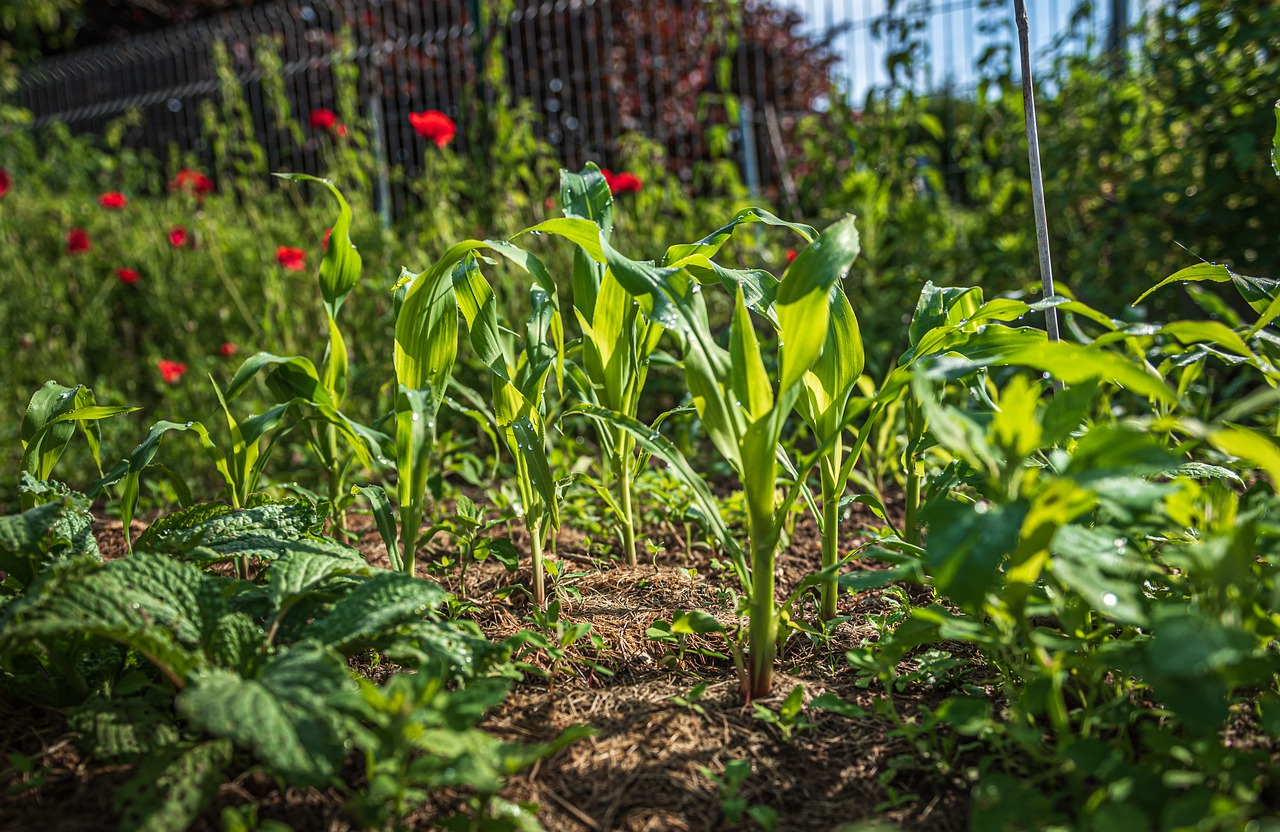
1 thought on “Why Did My Seedlings Stop Growing?”